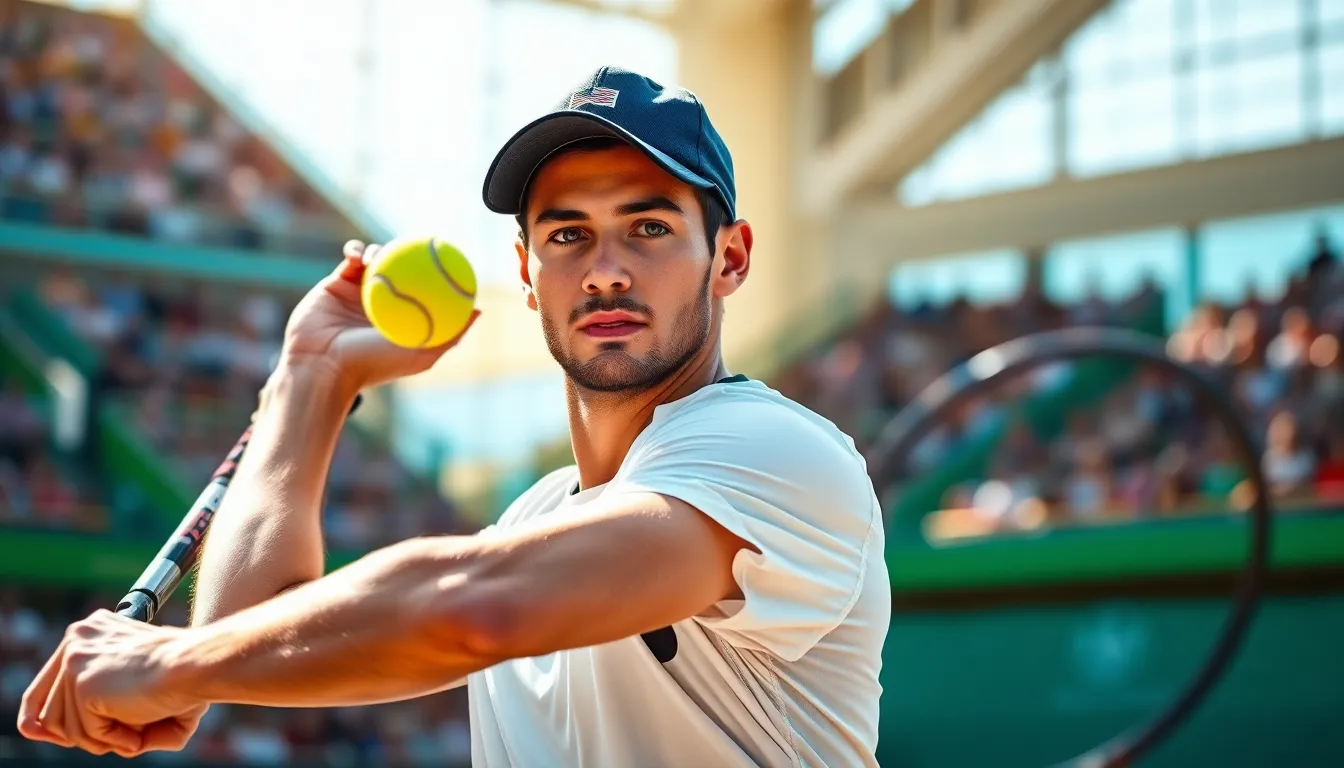Curious about the underarm serve in tennis? This controversial yet strategic technique has been making headlines as players like Nick Kyrgios and Alexander Bublik incorporate it into their professional matches.
When executed properly, an underarm serve can catch your opponent off-guard, especially those who position themselves far behind the baseline. While some critics consider it unsportsmanlike, the underarm serve is completely within the rules of tennis. You’ll discover how this tactical move has evolved from being frowned upon to becoming a legitimate strategy in the modern game.
What Is an Underarm Serve in Tennis?
An underarm serve in tennis is delivered by releasing the ball and hitting it from below waist level, rather than tossing it overhead as in a traditional serve. This technique involves a low, underhand motion that sends the ball just over the net, often with minimal bounce and spin. Players typically execute this serve by holding the ball in the non-dominant hand, dropping it slightly, and swinging the racket in an upward motion to contact the ball.
The underarm serve creates a short, low trajectory that lands in the opponent’s service box with reduced pace and bounce. This contrasts sharply with conventional serves that reach speeds of 120+ mph and bounce high, giving opponents less reaction time when they’re positioned far behind the baseline.
During my coaching sessions at local Florida tournaments, I’ve noticed players increasingly adopting this technique as a tactical surprise. One of my semi-professional students effectively used an underarm serve during a crucial tiebreak, catching his opponent completely off-guard and winning the point with minimal effort.
The physics behind an effective underarm serve involves imparting slight backspin to the ball, causing it to stay low after bouncing. Players like Kyrgios and Bublik have refined this technique, making the ball barely clear the net before dropping quickly into the service box, creating a nearly impossible return situation for deep-positioned opponents.
The History of the Underarm Serve
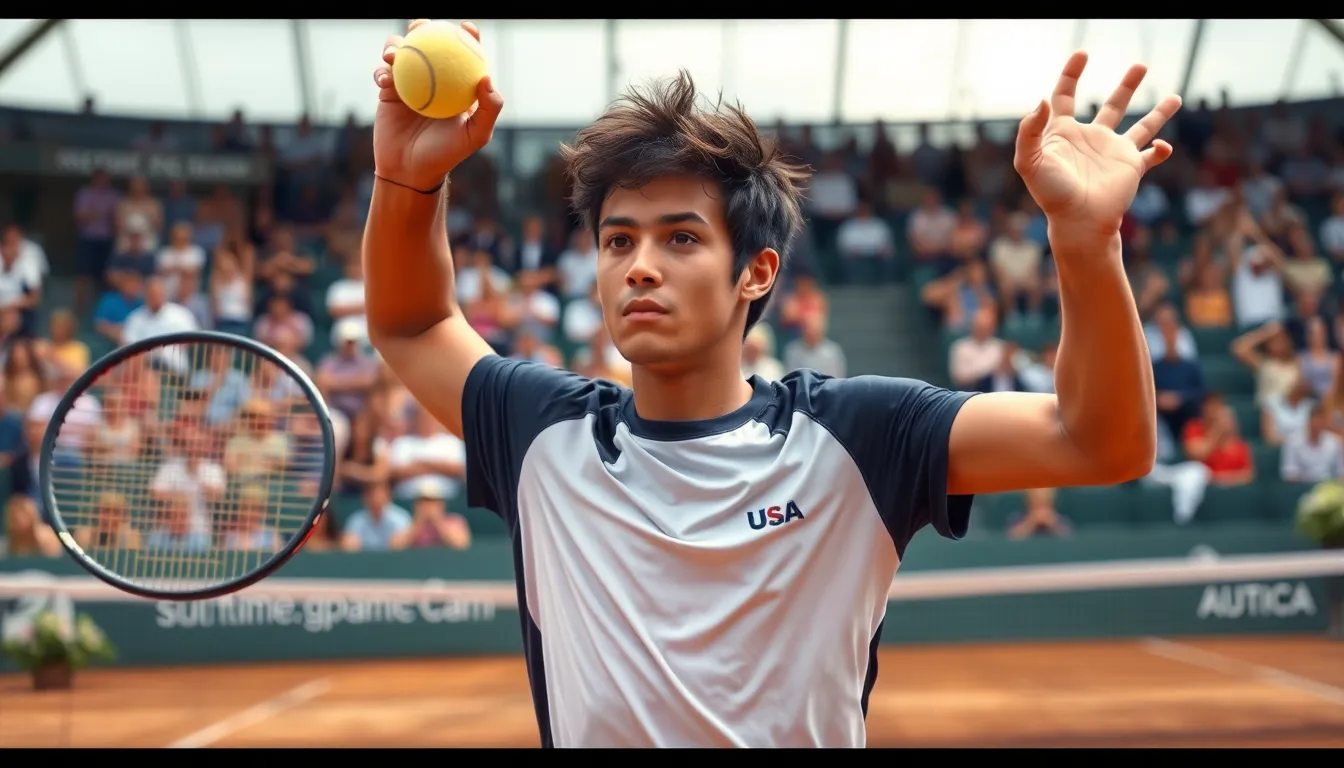
The underarm serve carries a rich tradition in tennis, with its origins tracing back decades as a strategic surprise shot. This technique involves hitting the ball with an underhand motion rather than the conventional overhead toss, creating a low-trajectory delivery that catches opponents off-guard.
Early Use by Michael Chang
Michael Chang’s famous underarm serve at the 1989 French Open represents one of tennis’s most iconic strategic moments. At just 17 years old, Chang deployed this unexpected tactic during his fourth-round match against industry No. 1 Ivan Lendl. Battling severe cramping in the fifth set, Chang’s underarm serve caught Lendl completely unprepared, helping the teenager secure a remarkable victory en route to becoming the youngest male Grand Slam champion in history.
“Chang’s underarm serve wasn’t just a desperate move—it was a brilliant tactical decision that changed the momentum of the match,” I explained to my coaching students during a session analyzing famous tennis strategies. “He recognized Lendl was standing far behind the baseline and used the element of surprise to his advantage.”
Modern Usage
The underarm serve has experienced a notable resurgence in professional tennis, spearheaded by players like Nick Kyrgios. Kyrgios reintroduced this controversial yet effective technique to modern audiences during his 2019 Mexican Open match against Rafael Nadal, sparking debates throughout the tennis community. Several top players have since incorporated this shot into their tactical arsenal, including Daniil Medvedev, Alexander Bublik, Frances Tiafoe, Andy Murray, and Carlos Alcaraz.
Last summer, I watched one of my semi-professional students successfully employ an underarm serve during a crucial tiebreak against an opponent who consistently returned serves from deep behind the baseline. The surprise factor worked perfectly, securing him a strategic point that helped turn the match in his favor.
Rules and Legality
Tennis rules fully permit the underarm serve even though misconceptions about its sportsmanship. According to the International Tennis Federation’s Rule #16 about service, any serve is legal as long as the ball is struck with the racquet before touching the ground. You’re completely within your rights to use this technique in competitive play, regardless of level.
During my coaching sessions, I’ve noticed a marked increase in players asking about incorporating this serve into their strategic repertoire. Many express surprise when learning there’s nothing illegal about this technique—it’s simply an underutilized tactical option that’s available to everyone.
When to Use an Underarm Serve
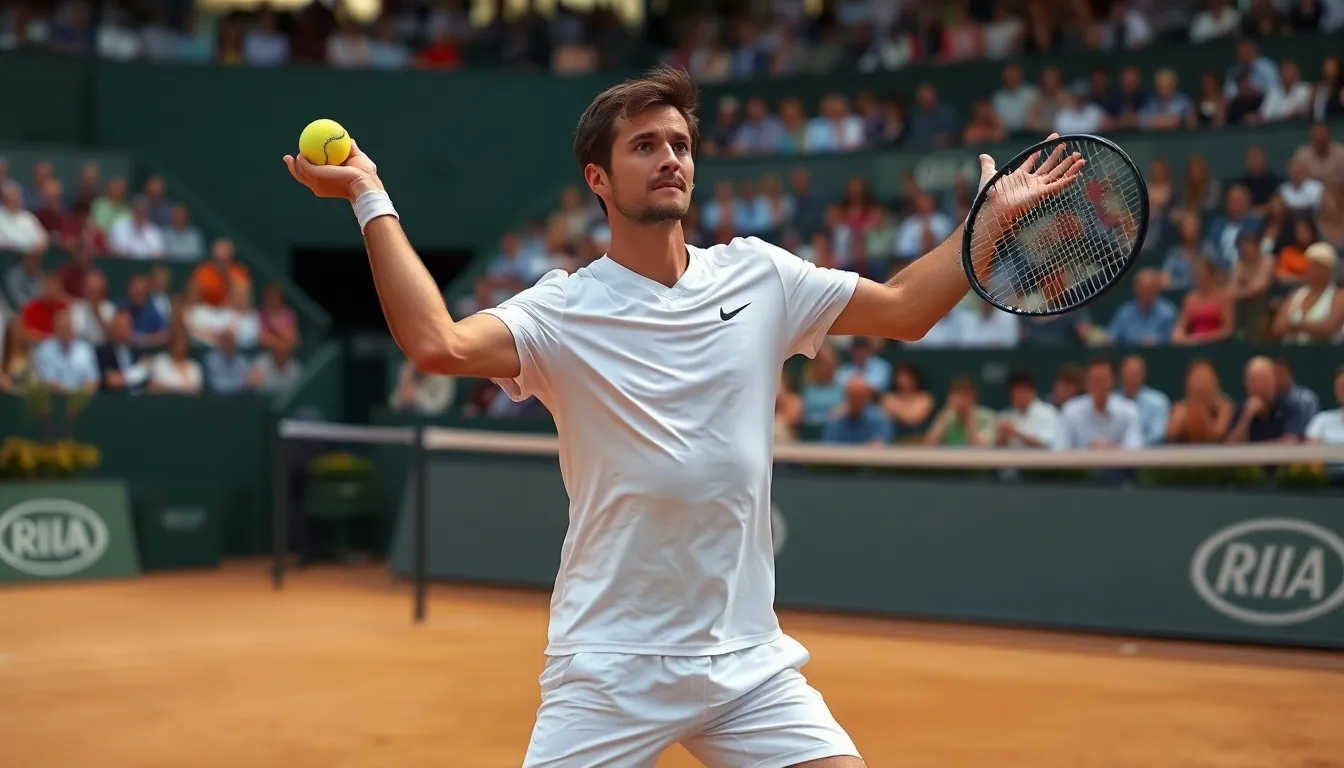
The underarm serve creates a tactical advantage when executed at the right moment. Timing and situational awareness determine its effectiveness on the court, transforming this surprising shot from a mere trick into a powerful strategic weapon.
Strategic Advantages
The underarm serve offers multiple tactical benefits beyond simply winning a single point. It introduces an element of surprise that disrupts your opponent’s rhythm and expectations, forcing them to quickly adjust their positioning and timing. Players who stand far behind the baseline for returns become particularly vulnerable to this shot.
Long-term psychological advantages emerge when you incorporate this serve strategically. Your opponent becomes wary of their positioning for future points, potentially causing hesitation or awkward court positioning. During a recent coaching session, I noticed how one of my semi-professional students used an underarm serve during a crucial tiebreak, completely throwing off his opponent who had been comfortably returning from deep court positions.
The most effective times to deploy this serve include:
- When leading 40-15 or 40-love in a service game
- After noticing your opponent consistently backing up beyond the baseline
- During moments when varying your tactics benefits your overall strategy
- On points where placement matters more than power
Right-handed players typically find more success serving underarm from the ad court due to the natural sidespin, while left-handed players often prefer the deuce court for the same reason.
Reading Your Opponent
Successful underarm serves depend on quick awareness of your opponent’s stance and readiness. Monitor where they position themselves during the return—opponents standing too close to the net make poor targets for underarm serves as they’ll easily reach and counter the shot.
Watch for patterns in your opponent’s movement between points. Players who retreat far behind the baseline after the score announcement present ideal opportunities for an underarm attempt. Their first step will likely be backward in anticipation of a powerful serve, creating extra distance they must recover.
Court conditions also impact your decision-making. Slower surfaces like clay give opponents more time to reach an underarm serve, while faster courts enhance its effectiveness. One collegiate player I coached mastered reading opponents on hard courts, consistently identifying when they positioned themselves beyond reasonable return positions.
Recognize that smart opponents adjust after seeing an underarm serve once. The element of surprise diminishes with each attempt, so integrate this shot thoughtfully within your broader serving strategy rather than relying on it repeatedly.
How to Execute the Perfect Underarm Serve
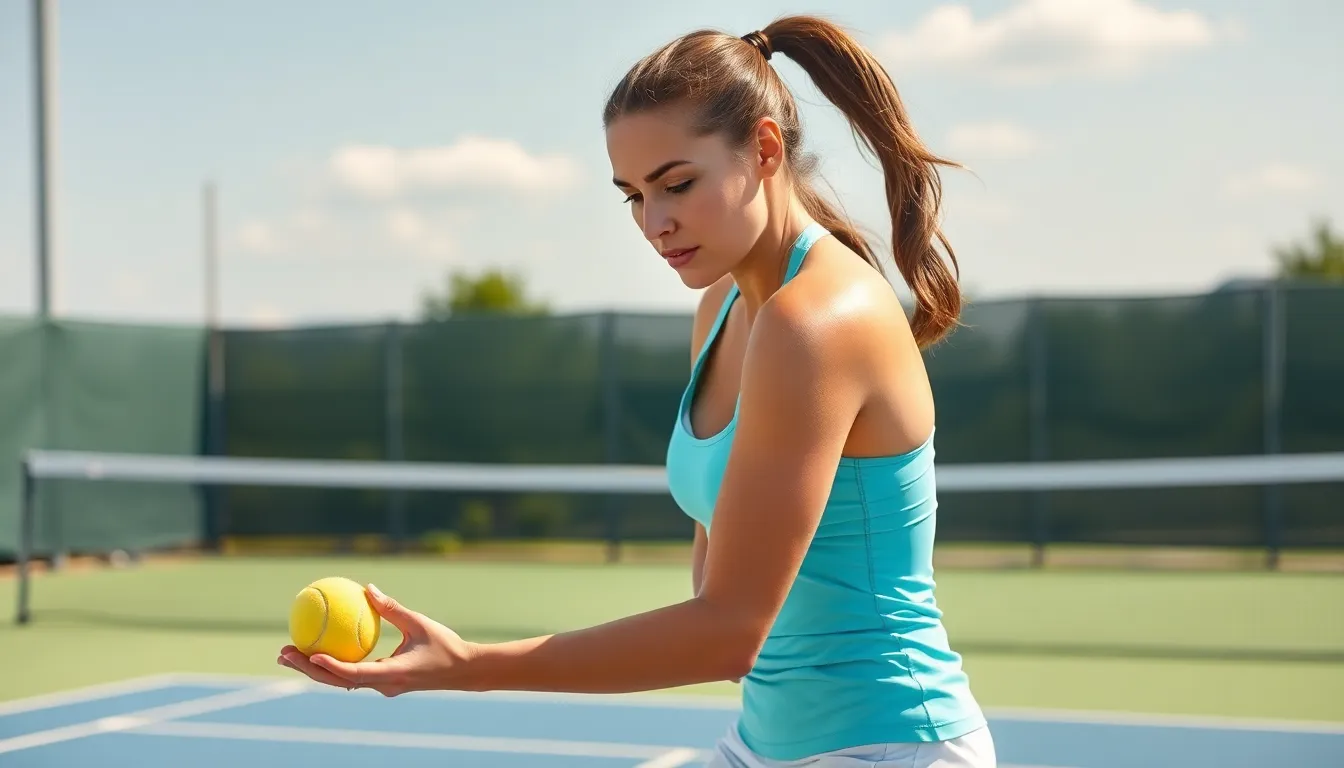
The underarm serve transforms from a controversial tactic into a powerful strategic weapon when executed with proper technique. Mastering this serve requires attention to exact mechanics that differ from traditional serving methods.
Proper Grip and Stance
A continental grip forms the foundation of an effective underarm serve. This grip position allows your wrist and forearm to naturally create both slice and sidespin, making the ball’s trajectory unpredictable after it bounces. Position your hand so that the base knuckle of your index finger rests on bevel 2 of the racket handle, creating a “hammer grip” sensation.
Your stance differs slightly from a traditional serve position. Stand with your feet shoulder-width apart and your non-dominant shoulder facing the net. Keep your knees slightly bent to maintain a lower center of gravity, enabling quicker movement and better disguise of your intentions. During my coaching sessions, I’ve noticed players achieve better results when they maintain a relaxed posture rather than tensing up during this serve.
Ball Toss Technique
The underarm serve uses a dropping motion rather than a traditional toss. Hold the ball in your non-dominant hand and simply drop or bounce it once before contact. The ideal contact point occurs just below knee height, allowing you to impart the necessary spin while clearing the net.
When striking the ball, brush underneath and slightly across it to generate backspin and sidespin. This combination of spins causes the ball to stay low after bouncing, making it challenging for opponents to return effectively. Leave your racket face slightly open during contact to ensure the ball clears the net with enough height but remains difficult to attack. The motion resembles a delicate slice shot rather than a powerful drive, prioritizing placement and spin over raw speed.
The Controversy Surrounding Underarm Serves
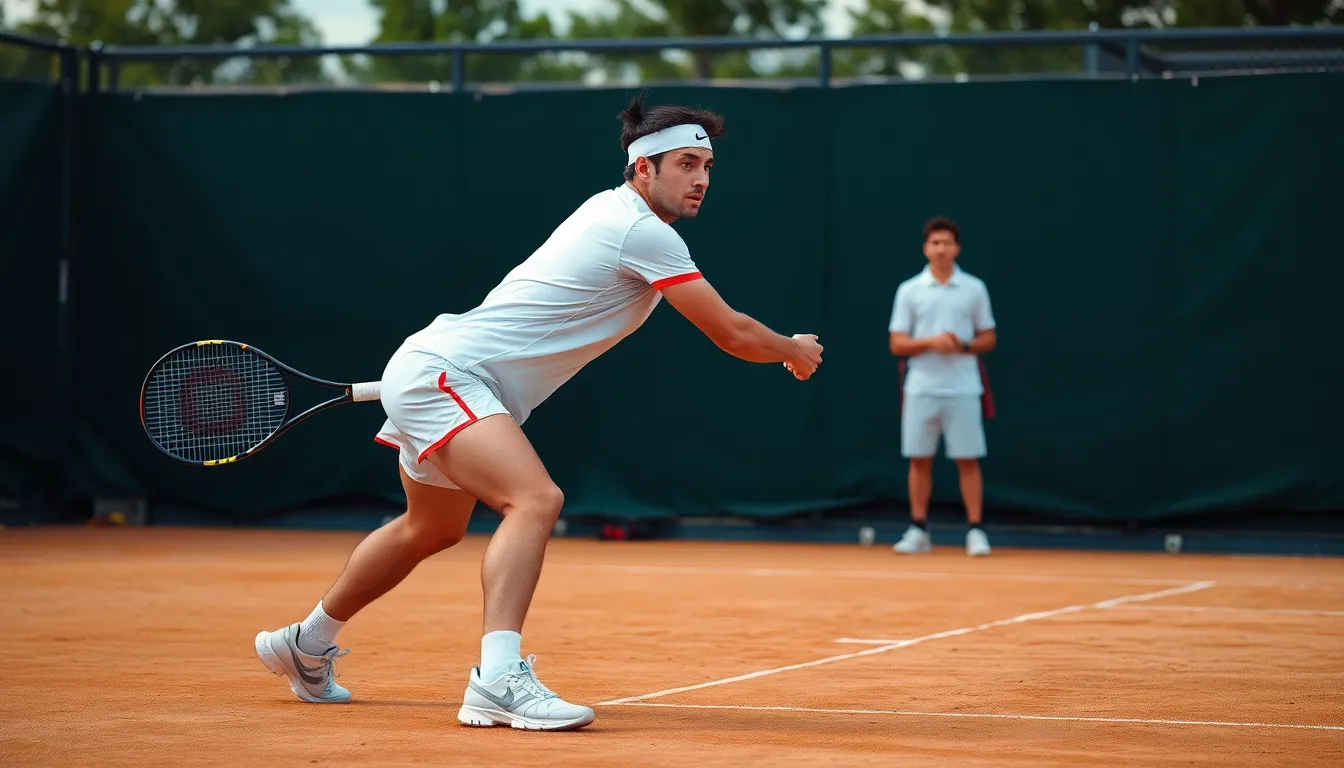
The underarm serve creates substantial debate in tennis circles even though its complete legality. This controversial tactic involves hitting the ball with an underhand motion rather than the traditional overhead serve, often catching opponents off guard when they position themselves far behind the baseline.
Professional Player Opinions
Professional players display divided opinions about the underarm serve’s place in competitive tennis. Nick Kyrgios stands as one of the most prominent advocates, regularly incorporating it into his matches, most notably at the 2019 Mexican Open. Andy Murray openly supports the tactic, stating he “doesn’t understand why it’s seen as potentially disrespectful” and considers it a legitimate serving technique. Carlos Alcaraz has embraced the underarm serve as part of his strategic arsenal, using it effectively in high-pressure situations. Rafael Nadal represents the opposing viewpoint, having accused Kyrgios of “lacking respect” when employing the tactic against him. The acceptance of underarm serves has grown gradually among tour professionals, with more players recognizing its strategic value rather than viewing it as a breach of etiquette.
Sportsmanship Debate
The sportsmanship debate centers on whether the underarm serve represents legitimate strategy or poor tennis etiquette. Tennis rules explicitly permit underarm serves—the only requirement being that the ball gets struck before touching the ground. Recreational players often react more negatively to the tactic compared to professionals, sometimes viewing it as unsporting or “cheap.” The criticism typically focuses on the element of surprise rather than the technique itself, with opponents feeling deceived rather than outplayed. Tournament contexts affect perception significantly, with underarm serves in professional matches gaining more acceptance than in casual club play. The debate reflects a broader tension in tennis between adhering to traditional playing styles and embracing tactical innovation that, while unexpected, remains within the rules of the game.
Famous Underarm Serve Moments in Tennis
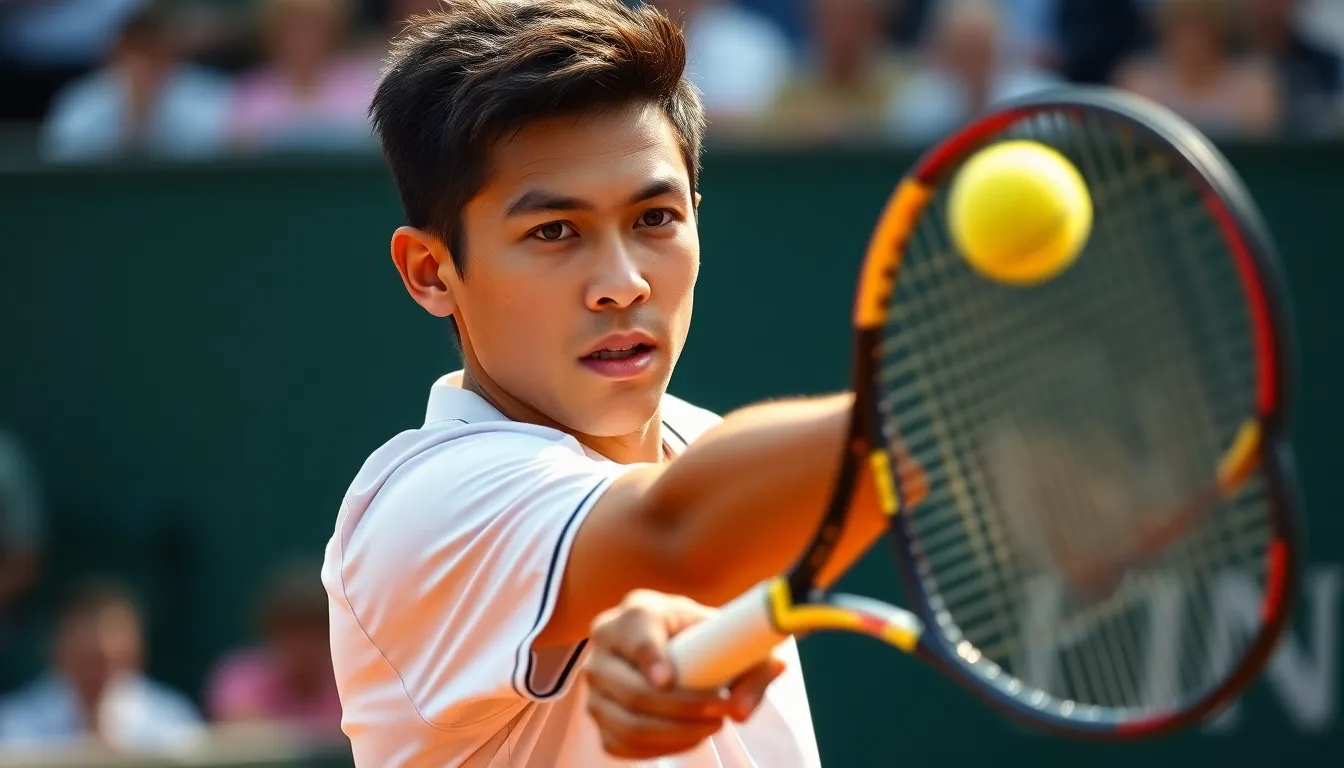
The underarm serve has created some of tennis’s most surprising and memorable moments throughout the sport’s history. This unconventional tactic has been employed by players facing various situations, from physical limitations to strategic advantages.
Iconic Moments
- Michael Chang vs. Ivan Lendl (1989 French Open)
Michael Chang’s underarm serve against Ivan Lendl stands as perhaps the most famous example in tennis history. At just 17 years old and suffering from severe cramping, Chang deployed this unexpected tactic during their fourth-round match. The surprising serve caught Lendl completely off-guard, disrupting his rhythm and contributing to Chang’s unlikely victory. Chang went on to win the entire tournament, making his underarm serve a pivotal moment in tennis lore.
- Nick Kyrgios vs. Rafael Nadal (2019 Mexican Open)
Nick Kyrgios revitalized the underarm serve in modern tennis during his match against Rafael Nadal at the 2019 Mexican Open. Noticing Nadal’s tendency to stand extremely deep behind the baseline, Kyrgios executed several underarm serves throughout the match. This tactical decision sparked important debate and brought renewed attention to this technique. Kyrgios’s bold move against one of tennis’s greatest players demonstrated how effective the underarm serve can be as a strategic weapon.
- Andy Murray vs. James Duckworth (Wimbledon)
Andy Murray showed that even the most respected players embrace tactical innovation when he deployed an underarm serve against James Duckworth at Wimbledon. Murray’s use of this technique at tennis’s most traditional tournament legitimized it further in the eyes of many fans and players. His execution showcased how the underarm serve can be employed effectively on all surfaces, even on the faster grass courts.
- Daniil Medvedev’s Tactical Adaptations
Daniil Medvedev has incorporated the underarm serve into his diverse tactical repertoire, following the examples set by players like Kyrgios and Chang. Medvedev’s adoption of this technique further demonstrates its evolution from a rarely used surprise tactic to a legitimate strategic option in modern tennis. His willingness to employ unconventional methods has become part of his distinctive playing style.
Legal Considerations in Professional Tennis
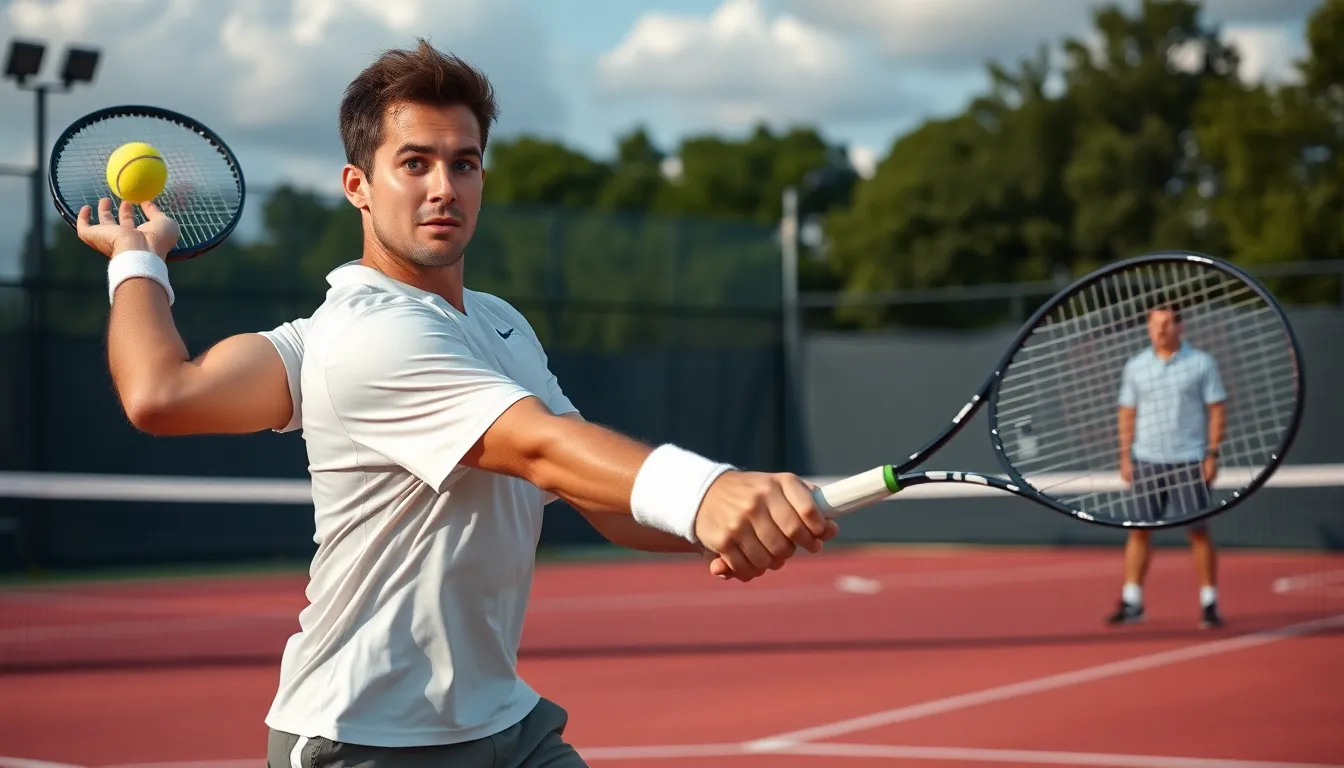
Official Rules Perspective
The underarm serve stands as a completely legal tactic in professional tennis. According to the International Tennis Federation (ITF) Rules of Tennis, Rule #16 specifically outlines that no restrictions exist on how a player delivers their serve, provided the ball is struck with the racquet before touching the ground. Players at any level can incorporate this technique into their strategic arsenal without fear of rule violations.
Strategic Applications
Tennis professionals often employ the underarm serve as a tactical surprise against opponents positioned far behind the baseline. During my coaching sessions at regional tournaments, I’ve observed this technique becoming increasingly effective, particularly against players who adopt extremely defensive return positions. The serve creates a competitive advantage by forcing opponents to adjust their positioning and mental approach to the match.
Sportsmanship Considerations
While legally sound, the underarm serve continues to generate debate about tennis etiquette. Using this serve immediately after an opponent returns from a medical timeout or injury break might be perceived as unsporting by some players and spectators. I’ve witnessed mixed reactions courtside – from appreciative nods acknowledging clever strategy to visible frustration from those who consider it contrary to traditional tennis values.
Contextual Acceptance
The tennis community’s reception of the underarm serve varies dramatically based on match context. In high-stakes professional competitions where winning takes precedence, players generally accept any legal tactic as fair game. Conversely, in friendly club matches or recreational play, the same move might raise eyebrows. This contextual distinction highlights tennis’s unique balance between competitive strategy and sporting tradition.
Conclusion
The underarm serve represents a fascinating tactical dimension in tennis that’s both controversial and effective. As you add this technique to your arsenal remember it’s not about tricking opponents but expanding your strategic options on court.
Mastering the underarm serve requires practice proper technique and thoughtful implementation. When executed with the right grip placement and timing it can become a valuable weapon against deep-positioned opponents.
Whether you’re a recreational player or aspiring competitor the underarm serve offers a perfectly legal way to disrupt your opponent’s rhythm and create competitive advantages. Embrace this shot with confidence knowing that it’s increasingly recognized as a legitimate tactic in the evolving industry of modern tennis.
Frequently Asked Questions
Is the underarm serve legal in tennis?
Yes, the underarm serve is completely legal according to the International Tennis Federation (ITF) Rules of Tennis. There are no rules specifying that a serve must be hit overhead. The only requirements are that the ball is struck before it bounces and is delivered into the correct service box. Despite misconceptions about sportsmanship, players are within their rights to use this technique.
When is the best time to use an underarm serve?
The best time to use an underarm serve is when your opponent is standing far behind the baseline. Other opportune moments include when you’re leading in a game (less pressure if it fails), when you’ve noticed your opponent consistently backing up, or during crucial points when surprise can be advantageous. The element of surprise diminishes with repeated use, so use it strategically.
Who made the underarm serve famous in modern tennis?
Michael Chang made the underarm serve famously controversial when he used it against Ivan Lendl during the 1989 French Open fourth round. In modern tennis, Nick Kyrgios has become closely associated with the tactic after using it against Rafael Nadal in 2019. Other notable players who have employed it include Alexander Bublik, Daniil Medvedev, and Andy Murray at Wimbledon.
How do you execute an effective underarm serve?
Use a continental grip and stand in a relaxed posture. Instead of tossing the ball upward, drop it from your non-dominant hand. Strike the ball before it bounces, making contact below waist level. Apply slight backspin by brushing underneath the ball. Focus on accurate placement rather than speed, aiming to land the ball shallow in the service box to maximize effectiveness.
Why do some players consider the underarm serve unsportsmanlike?
Some players view the underarm serve as disrespectful because it breaks from traditional tennis etiquette and appears to take advantage of opponents unexpectedly. Rafael Nadal has criticized it as lacking respect for opponents. However, this perspective is increasingly contested, with many players and analysts arguing it’s a legitimate tactical choice that counters defensive positioning, similar to other strategic plays in tennis.
Does the underarm serve work better on certain court surfaces?
Yes, court surfaces affect the underarm serve’s effectiveness. It tends to work better on clay courts where the ball skids and stays lower after the bounce. On faster surfaces like grass, the serve can be effective but requires more precise execution. Court conditions also matter – windy conditions can make the underarm serve unpredictable, while humid conditions might reduce its effectiveness.
How often should I use the underarm serve in a match?
Use the underarm serve sparingly – once or twice per match at most. Its effectiveness relies heavily on the element of surprise, which diminishes with repeated use. Overusing it allows your opponent to adjust their positioning and anticipate the tactic. Instead, integrate it thoughtfully as one option within your broader serving strategy to keep opponents guessing.
Can the underarm serve be returned effectively?
Yes, if anticipated, the underarm serve can be returned effectively, especially by players with quick reactions and good court coverage. The best returns are often aggressive approaches to the net or sharp angles that exploit the server’s typically forward position. However, when executed well as a surprise tactic, the serve often results in weak returns or outright points.


